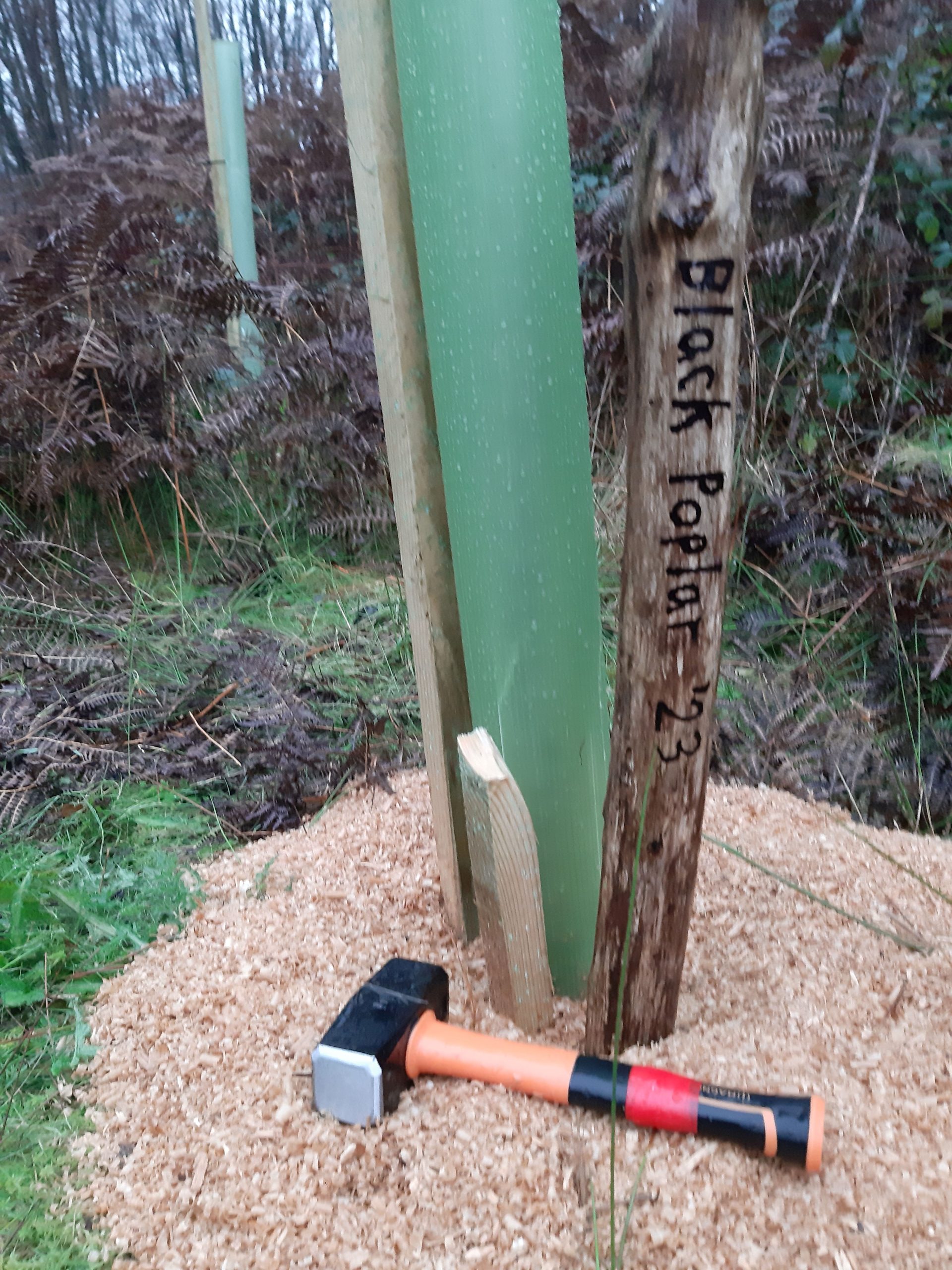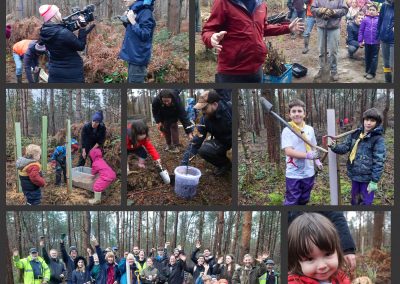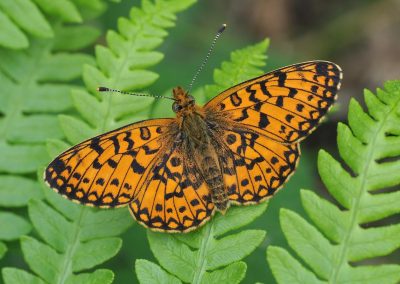…or helping to repopulate black poplars to be more precise
The Black Poplar is one of Britain’s rarest trees and is at risk of becoming extinct. There are only 38 mature black poplars in Sussex and only 10,000 across the whole of the UK.
Laughton Greenwood, working in partnership with Sussex Wildlife Trust, are proud to be taking part in a conservation project to help recover this endangered species by planting 10 black poplars in our community woodland.
The Black Poplar (Populus Nigra or Water Poplar) is so rare and so important that it is a focus of Kew’s UK National Tree Seed Project. Its rarity is related to the lack of female trees that will produce seeds. Most new UK trees are male cuttings. The genetic diversity of the remaining trees is very limited and new diseases have recently wiped out whole swathes of the species in some areas.

Photo credit: Steve and Ali Bishop
Not to be confused with the hybrid black poplar
The Hybrid black poplar is a cross between the UK’s native black poplar and the American eastern cottonwood that originated in France in the 18th century. There are various cultivated varieties that have been grown for ornamental planting and timber production, and have also become naturalised. The hybrid tree can now be seen along riversides, roadsides and in parks.
How to tell the Black Poplar from the hybrid variety? The true Black Poplar tends to have a gall on the petiole of the leaf.
Phaethon’s Sisters and Devil’s Fingers
According to Greek mythology, the black poplar was created after Phaethon’s fatal attempt to drive Apollo’s chariot. Phaethon’s sisters made such a fuss mourning his death that the gods transformed them into black poplars. It is also said that fallen red male catkins are Devil’s fingers, and bring bad luck if picked up.
If at first you don’t succeed…
Five years ago, we tried planting black poplars in Laughton Greenwood. Unfortunately, none survived. We have since learned that they were in an area that was too shady and that they grow best in open and wettish ground.
At our Family Tree Planting Day in December 2023, we planted one black poplar, donated by our friends at Lewes Urban Arboretum, and we will closely monitor its progress.
Sue Redshaw, friend and supporter of Laughton Greenwood has since approached Wakehurst to be involved in their conservation programme and has secured 10 young saplings to plant in the woods. These will be planted by volunteers at our upcoming monthly volunteering session on Sunday 4th February.
Herefordshire has one of the best populations of these trees, with currently 200 mature trees recorded in the county. Therefore, we’re using their advice and guidance for successful propagation methods. According to the Herefordshire Tree Wardens there are two methods which can be successfully used:
1. Cutting and planting of truncheons – these are six foot lengths of two to four inch diameter young growth, cut and planted in-situ in late winter. Use a crowbar to make a two foot hole, taper the end of the truncheon and knock in with a lump hammer
2. Cutting young thin shoots in summer, eighteen to twenty four inches in length and planting in a pot to root, for planting out later.
If you’d like to join our efforts to repopulate the black poplar and also to monitor and care for all the hundreds of trees we have planted in the last few years, then please do come along to our monthly volunteering session on Sunday 4th February, 10am-lunchtime. Email info@laughtongreenwood.co.uk for more details. Our volunteers meet on the first Sunday of each month.
To find out more about the history and plight of the black poplar, you can download this leaflet from Sussex Wildlife Trust.
Thanks to Beverley Rhodes BSc MCIEEM & Temple for the research into this article.




